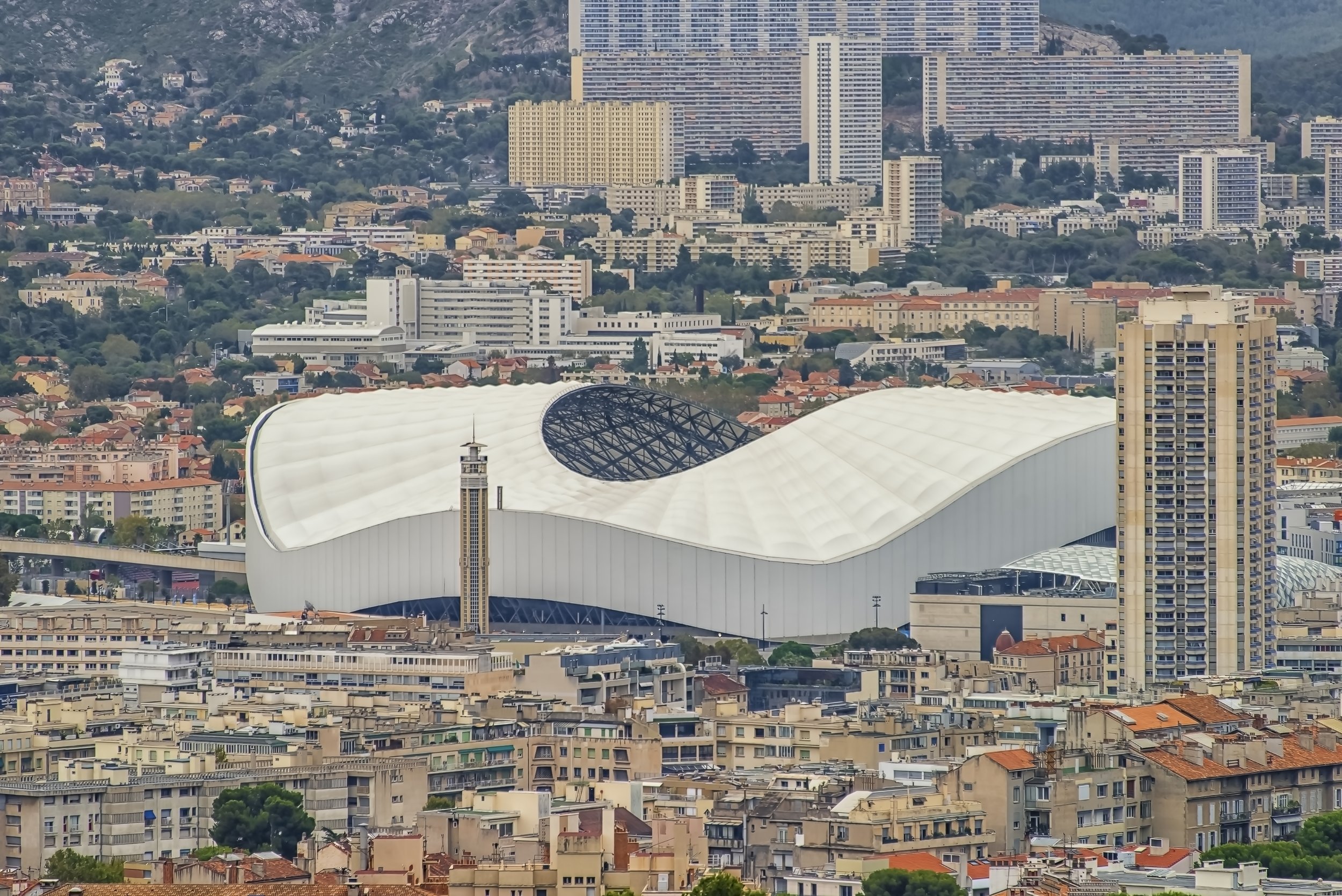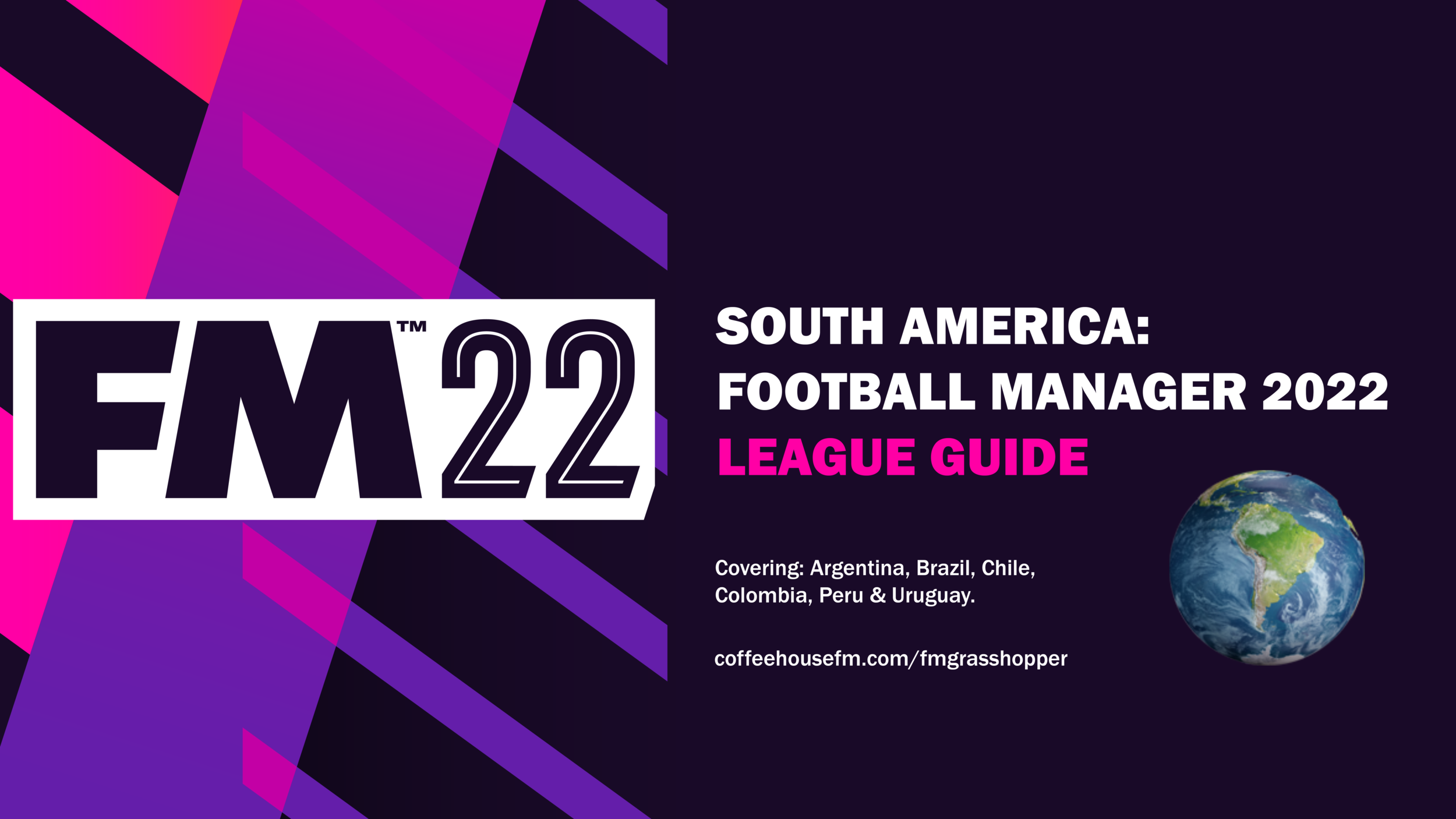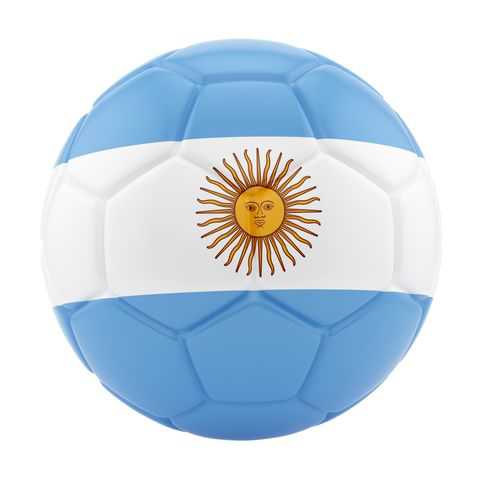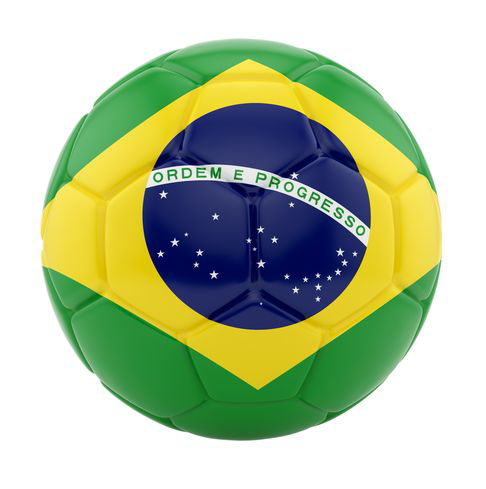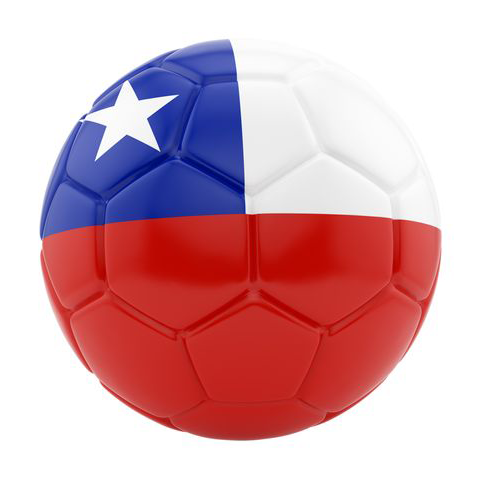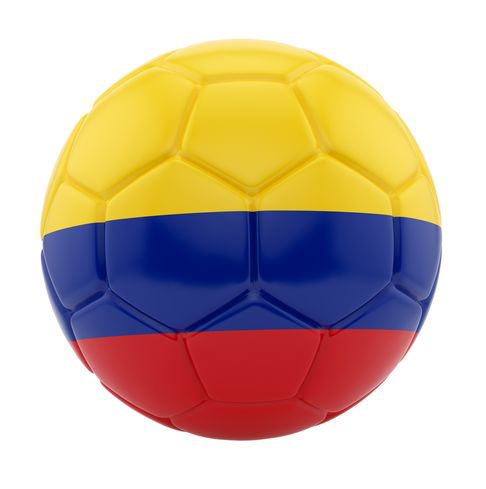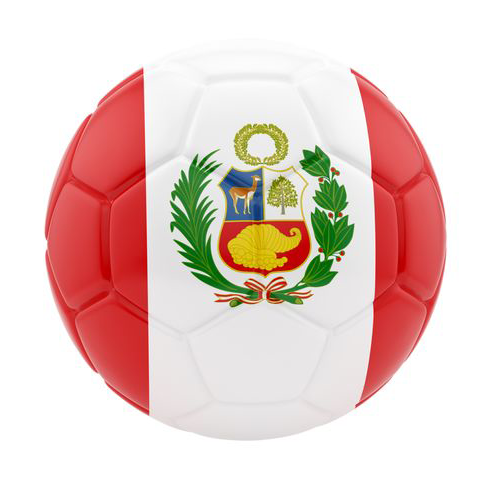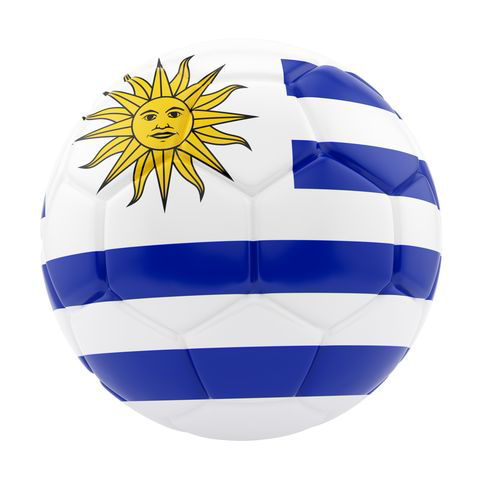Hello, this post allows me to break away from my usual Football Manager writing and explore tactical concepts around the World in the attempt to translate them into Football Manager.
Disclaimer: interpreting real world tactics and applying them into Football Manager is easier said than done. Often a team will have several systems that are deployed throughout the match based on in-game scenarios and events, making it very hard to translate this into Football Manager. So I’ve taken what I think are the key elements of their systems and player roles, based on observing key moments of real-life matches.
For my sixth instalment of this series, I once again look at an Argentine manager: Jorge Sampaoli. Grab a latte, tea or yerba mate with your pain au chocolat as we head to Marseille, France…
Intro
“I don’t relent with my ideas and that’s not a virtue – it’s a flaw. Sampaoli does compromise because he has the power to adapt, unlike me. That definitely makes him better than me.” (Marcelo Bielsa 2021)
As mentioned, Jorge Sampaoli is the focus of today's tactical blog post, which sees me run a Olympique de Marseille save during the early weeks of Football Manager 2022. It was both an easy and difficult choice to make: easy because Marseille is perhaps my favorite place to visit in France. My mother-in-law’s terraced apartment would overlook Vieux Port and you’d feel the buzz around the place on any OM home match day. Although Brittany is the place I visit the most...Marseille is the football team I always want to see do well. But the difficulty with the post isn’t OM, it’s rather nailing down Sampaoli’s tactical setup in the first few months with Marseille; because as the above quote suggests, he loves to adapt. Let’s begin…
Team Philosophy & Formation
2011-2021
Jorge Sampaoli came to prominence with the back-three. Usually in a 3-4-3, his Universidad de Chile side romped to a 2011 Copa Sudamericana title with Marcelo Díaz playmaking from deep. I’m not going to pretend to have heard of Sampaoli before UdC, where he had fourteen other clubs in 15 years. But since UdC, Sampaoli has become one of the most recognisable South American coaches. Iconic for delivering Chile’s first ever Copa América in 2015, this time with Díaz dropping into a defensive three as some kind of hybrid half-back/playmaker, which allowed generational talents like Alexis Sánchez, Arturo Vidal and Charles Aránguiz to shine further ahead in a 3-5-2. The aggressive press and possession based philosophy meant Europe came calling, specifically Sevilla, which allowed Sampaoli to continue with a back three but also adapt with a back four in a 4-2-3-1.
Returning to South America to manage his nation of birth (Argentina), when nobody else wanted to touch that job ended in expected failure. He neither had the team he wanted, nor the players to fit around Lionel Messi adequately in what was a haphazard 2-3-3-2 (with two centre-backs being screened by a central midfielder and then a mixture of either fullbacks or dynamic midfielders dropping deep to create the shield). The system would only work if Argentina dominated the ball by taking the game to the opponent, which unfortunately they could not during the 2018 World Cup in Russia.
Rebuilding his reputation in Brazilian club football, with stints at Santos and Atlético Mineiro; Sampaoli once again switched between back three and back four systems but the mantra of keeping possession and pressing hard and high remained. Something which attracted OM in early 2021 to appoint Sampaoli on a three-year contract.
Present day
It’s my view that Jorge Sampaoli is yet to find a favoured system with OM, and perhaps history has shown he never will. In the early months of 2021/22 Sampaoli has been switching from a back four (4-2-3-1) to a back three (3-3-3-1 and 3-2-4-1) interchangeably. Dimitri Payet has sometimes been used as the False 9 upfront whilst Arkadiusz Milik remained on the sidelines injured, and sometimes it’s a more natural advanced striker (Bamba Dieng).
During crunch games like Lazio (Home and Away in the Europa League) or PSG (Home in Ligue 1), Sampaoli has recently been playing a midfielder at Right Back (Valentin Rongier), which is a back four when out of possession. Once in possession, Rongier will move centrally and form a double pivot alongside the left sided DM, in what I’m classing as a 3-3-3-1. This movement in turn allows Matteo Guendouzi to roam around and get on the ball from either advanced or deep positions as Marseille’s primary playmaker. This is the system that will be replicated in today’s post, mainly because it’s the more interesting one (in my opinion) - see below.
The tactic.
In Possession.
In Transition.
Out of Possession.
The elements of Sampaoli’s possession game is attempted with Shorter Passing, Playing Out Of Defence and Working the Ball Into Box. It’s naturally narrow with wide men coming inside, so I’ve not forced it further via a focus play instruction. I’ve instructed the side to Hold Shape after winning it back in a Higher Defensive Line and More Often press, the reason for this is that I want the side to retain possession a bit more. I’ll still see counter attacks, but I don’t want to see them too often...when my players may already be out of possession. Instead, I want the team to attack on my/Jorge’s terms, so we’ll keep hold of the ball for a bit longer; which complements working the ball into the box. At the conclusion of this thinking is Arkadiusz Milik in the Poacher role, a guy who will need to be nursed back to full fitness after his third cruciate ligament injury - but who is perfectly suited to this player role.
This tactic differs slightly from recent Sampaoli-Marseille real-life excursions, in that I have chosen to have a supportive Full Back instead of a more conservative player role at Left Back. Sampaoli likes to have a 3rd Centre-Back here who would hold his position in order to make a flatter back three. A strategy that dates back to his UdC days. However, I’ve chosen to be more adventurous because I felt we needed a player to shuttle vertically a bit more to link up with the attack in FM. However, more often than not, I will still use a left footed Centre-Back (Luan Peres) who has no forward movement player traits which should help us be more solid defensively. For full Sampaoli, use a FB-D or consider staggering the back line to the right which will allow you the use of a WCB-D.
In another divergence, I’ve also removed Counter Press and Get Stuck In. These were originally in my Sampaoli draft, but had to be taken off after we topped the disciplinary table after first few games with 67 fouls, 12 yellow cards and 2 reds. Counter Pressing is something I continue to add in though on a game-by-game basis though when I face, what I deem, a weaker opposition. But feel free to keep both in for the full Sampaoli experience 😀
Specific Player Roles
I don’t wish to focus on all the player roles, but I thought I’d briefly mention the two guys at the base of our midfield: the Inverted Wing Back and the Defensive Midfielder. They may not get the plaudits in terms of goals and assists, but they allow the Roaming Playmaker, Attacking Midfielder and Inverted Winger to focus on fashioning chances for the Inside Forward and Poacher...
Inverted Wing Back (Support)
As mentioned earlier in this post, Sampaoli has preferred to use a midfielder at right back who is instructed to position himself centrally once OM regain possession. Moving from a back four to back three is made fairly easy in FM through the use of the Inverted Wing Back role. You will see in the tactic above I have offset my DM to the left side. This is because I need to make adequate space for the IWB to move into.
Note - I avoid using two double DMs otherwise there is a conflict for space, which will revert the IWB’s behaviour to that of a normal Wing Back. Something I do not wish to do.
Valentin Rongier’s IWB-S attributes.
In a supportive duty, the IWB forms a double pivot with the DM-S when in possession of the ball. This means we’re (1) particularly controlling in games, (2) we have a shield in front of the central defenders and (3) we give full licence to our Roaming Playmaker to roam into advanced positions.
Defensive Midfielder (Support)
It’s not an exotic role by any means, but the Defensive Midfielder on Support is a nice role to see in the match engine. As the screen in front of the Centre-Back, their starting position is deep and at times they will be bypassed by the Ball Playing Defender’s forward dribbling.
Pape Gueye - DM-S.
However, in longer spouts of team possession the DM-S will move forward, where it’s willing to pick up loose balls, recycle attacks that may have failed or even shoot long towards goal Stationed centrally with the IWB moving inside, the opposition is going to have a hard time cutting through the side centrally with two DMs facing them.
Pape Gueye (DM-S) wonderstrike Vs Bordeaux.
Replicating Real Life
The Backline
As mentioned previously, the back four becomes a back two...with the two DMs maintaining a stronghold over the game. It’s an easy tactical morph and will not blow people away with its complexity, but I’ve enjoyed the dynamic and change in shape nevertheless.
4-4-2 out of possession IRL.
4-4-2 out of possession in FM22.
3-3-3-1 in possession with RB moving in-field IRL.
3-3-3-1 in possession with RB moving in-field in FM22.
Polish Poacher Power
Arkadiusz Milik in FM22.
I previously mentioned how well suited Arkadiusz Milik was to the Poacher role, and I feel it’s an FM22 role that accurately reflects his real-life self. After taking a few weeks of the season to get back fit in this FM22 save, he hit form with a flurry of goals in October and November, which included back-to-back games of x4 goals and x3 goals Vs Legia and FC Metz.
He is always making runs in behind and it is a match engine highlight you will see frequently in this tactic. His player trait of ‘Tries First Time Shots’ has been particularly devastating too, which is benefitted by the blossoming relationship with No.10 Dimitri Payet - who makes good use of Milik’s progressive runs in behind the opposition defence with some exquisite passes. In the save so far, Milik has 17 goals in 13 starts. My Poacher.
Milik goal Vs Lorient IRL.
Milik goal Vs ASSE in FM22.
Milik goal Vs Angers in FM22.
Conclusion
How accurate is this tactic, and FM in general? It’s always hard to judge a video game’s accuracy with the ever changing landscape of a current season, let alone Sampaoli’s flexible systems. But I have played to the real-life date of publishing this blog (Friday 12 November 2021 - Ligue 1 Gameweek 13), and three of Ligue 1’s top four in my save mirror that of real-life. We’re four points better off in Ligue 1 than in real-life, but the familiar presence of PSG at the summit remains. Our For/Against/Goal Difference statistics are comparable and we’re on course for the Board’s targets of Europa League qualification via the league and progressing to the First Knockout Round of the current campaign (currently 2nd our group).
League table FM22 after 13 matches.
League table IRL after 13 matches.
This tactic is perhaps best described as ‘functional’. It does not blow me away all of the time, but it’s generated 9 clean sheets over 17 games (52%). I did not alter set pieces and delegated team training to the Assistant Manager. So, you can perhaps try for marginal gains on the training ground and better on my performance. Our two defeats came against reigning champions Lille away from home and a disappointing 2-0 home defeat against PSG. Disappointing, but probably realistic results.
Ligue 1 defence - whilst not impenetrable like PSG, OM conceded fewer goals than expected from the shots they faced.
If you can’t be bothered to set up the tactic as detailed above, or play in another language, I have also published it to the Steam Workshop. Left click on the image below and download into Football Manager 2022…
Please let me know if you try this system with either Olympique de Marseille, or any other team. It would be interesting to see how you get on.
FM Grasshopper

